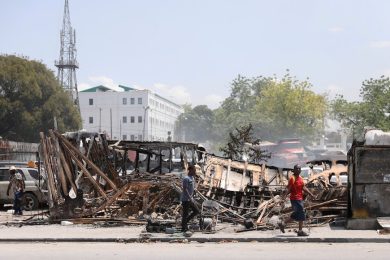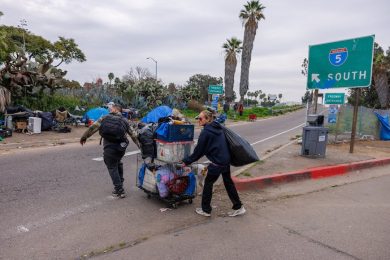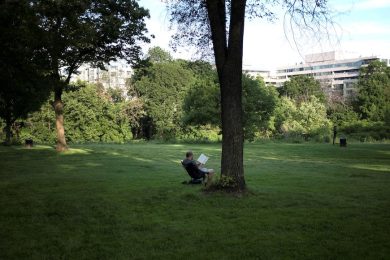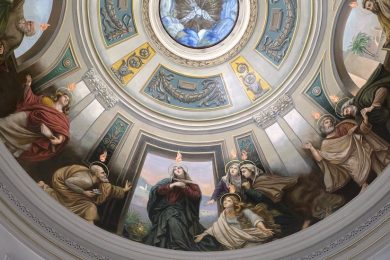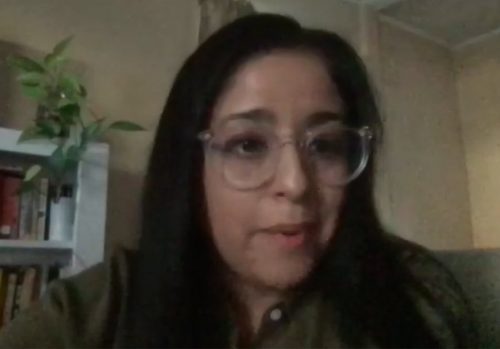By Mark Pattison | Catholic News Service
WASHINGTON (CNS) — Although only a minority of Hispanic voters cast their ballots for Donald Trump in the November presidential election, the size of that minority was larger than most had predicted, suggesting that Hispanics were no longer a slam dunk for Democrats.
“Many people are realizing we can’t see Latinos as a monolith,” said Alejandra Molina, one of four panelists participating in a Dec. 1 online forum, “Latinos, Young People and the 2020 Election: What Happened? Why? What Now?” It was presented by Georgetown University’s Initiative on Catholic Social Thought and Public Life.
“I grew up in Southern California,” said Molina, a national correspondent for Religion News Service who attends a Jesuit parish in Los Angeles. “The Mexican community is super different from Central Americans, Salvadorans Guatemalans,” she said, “and California Latinos are different from Texas Latinos and Florida Latinos.”
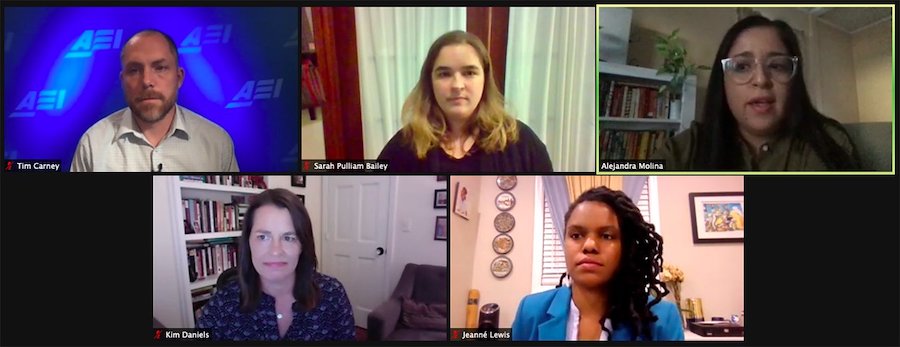
In interviews with Hispanic voters, “their faith did come up a lot,” Molina said. “Abortion is very important to many Latino Catholic voters.” Moreover, “Latinos still connect mass deportations with (former President Barack) Obama and (President-elect Joe) Biden and not Trump.”
Immigration advocates often called Obama the “deporter in chief” over his immigration policy.
“People gave Donald Trump credit for it (wage increases),” said Tim Carney, a Catholic who is a visiting fellow at the American Enterprise Institute. “The Trump-era economy actually delivered more wage growth to the working class than they had seen before,” Carney added, noting that in the Rio Grande Valley of Texas — one hot spot for Trump’s improved numbers among Hispanics — “the top employers hire lots of Hispanics.”
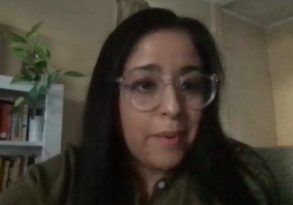
Carney echoed Molina’s theory of the Hispanic monolith myth. “If I were to go to western Pennsylvania and talk to former coal miners and the sons of steelworkers miners, then I go to Chevy Chase, Maryland (a wealthy suburb of Washington), if I were to talk to them as white voters and lump them all together, we’d have a great laugh,” he said.
It’s been easier to lump minorities together, Carney noted, but said he hoped “this election will end that” because of “the great coverage” there has been about the distinctions among Latino groups.
One reason why answers about the Hispanic vote are still elusive is the coronavirus pandemic. “We haven’t been as able to travel as much,” said Sarah Pulliam Bailey, a religion reporter for The Washington Post. “We weren’t able to get to some of these communities.”
Bailey noted that Trump did fairly well in the 36-44 age group, possibly across ethnic lines. “These are people who probably have kids, are a little more established in their careers,” she said.
“We have yet to figure out all the lasting impacts” of COVID-19 and the shutdown, Bailey added. The pandemic forced the closure of schools. “Maybe Latinos wanted them reopened,” she said, “Perhaps they are even more favorable to Trump than their parents were.”
Jeanne Lewis, a Black Catholic who is vice president and chief engagement officer at the National Committee for Responsive Philanthropy, said young people want to make a mark on their world, and expect the same of their elected officials.
“Can you get to people directly?” is the question any candidate must be asked, said Lewis, who made an unsuccessful bid this fall as an independent for one of two at-large seats on the District of Columbia Council. She’s also a board member of Faith in Public Life.
“The pastors or leaders have influence, but I think young people, because of our facility with accessing information in a variety of venues,” such as Instagram and Twitter among others, “expect a professional response, otherwise ‘I didn’t care or wasn’t interested,'” said Lewis. For them, she added, “that was a legitimate way to get in contact with a candidate.”
During the daily Black Lives Matter protests near the White House this summer, Lewis said, “I saw young people in D.C. pushing the envelope on race, and pushing a really progressive agenda.”
Carney, too, had been at those protests in the renamed Black Lives Matter Plaza north of the executive mansion. At a time when Catholic churches were still unable to celebrate Masses publicly, “it was the first time I had been together with other people in months,” he said.
“There was a religious, spiritual element to a lot of the Black Lives Matter stuff,” which was “sometimes said in a derogatory tone by conservatives,” Carney said.
He spoke of a twin alienation. “We’re becoming simultaneously over-centralized and hyperindividualistic. We don’t have something to belong to,” Carney said, adding protesters “don’t care about Wall Street regulation but lack of political power. And that lack comes from not belonging.” What protesters sought, he added, was to “shape the world around you and not feel powerless.”
But what doomed Trump’s reelection hopes, according to Carney, was that “a large part of the white population did not feel connected.”




